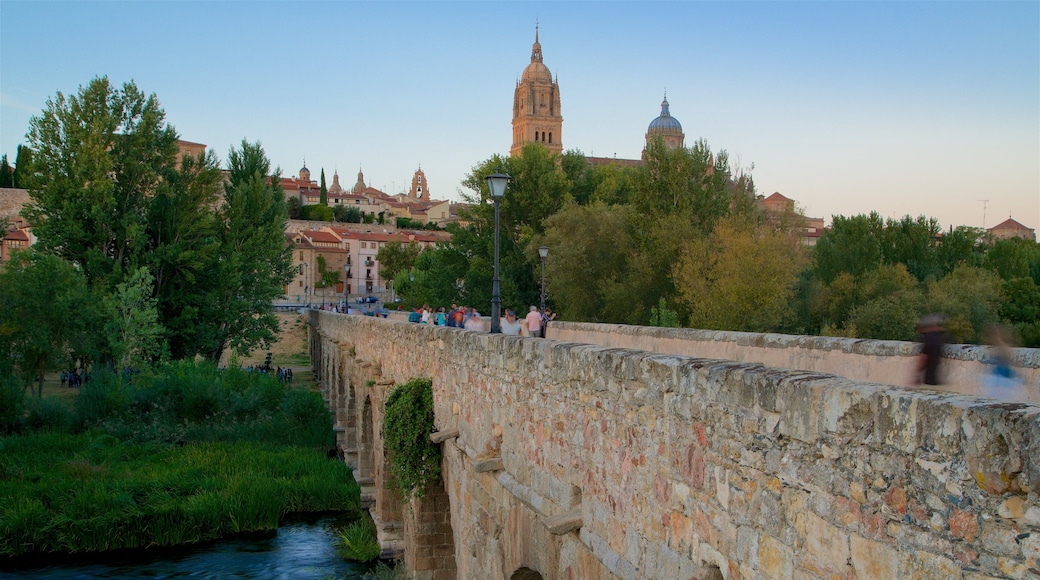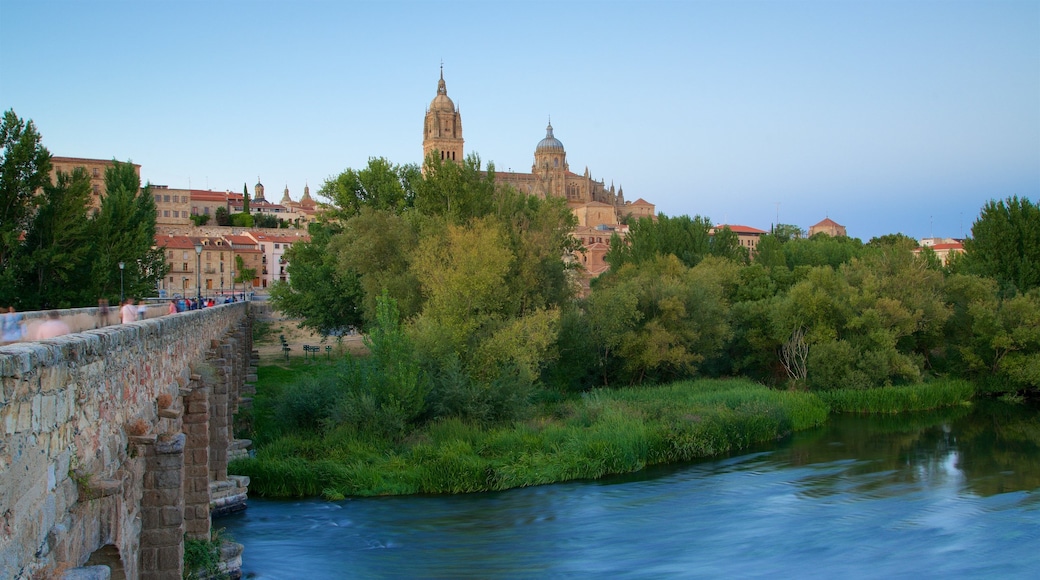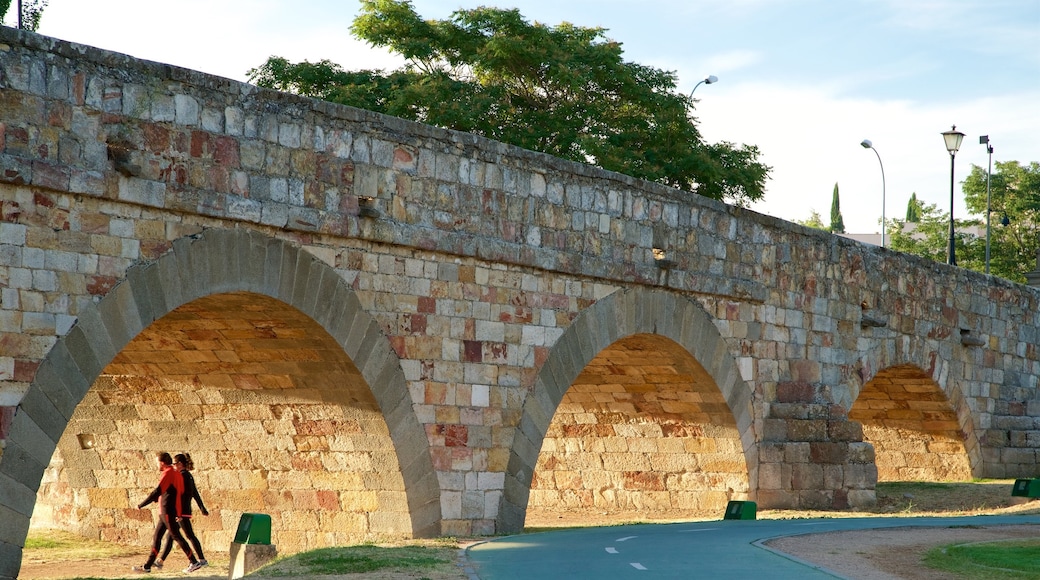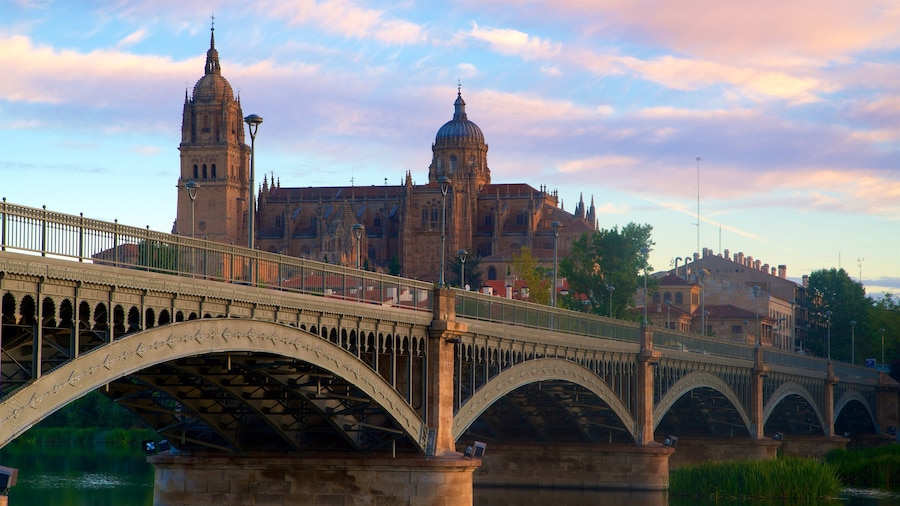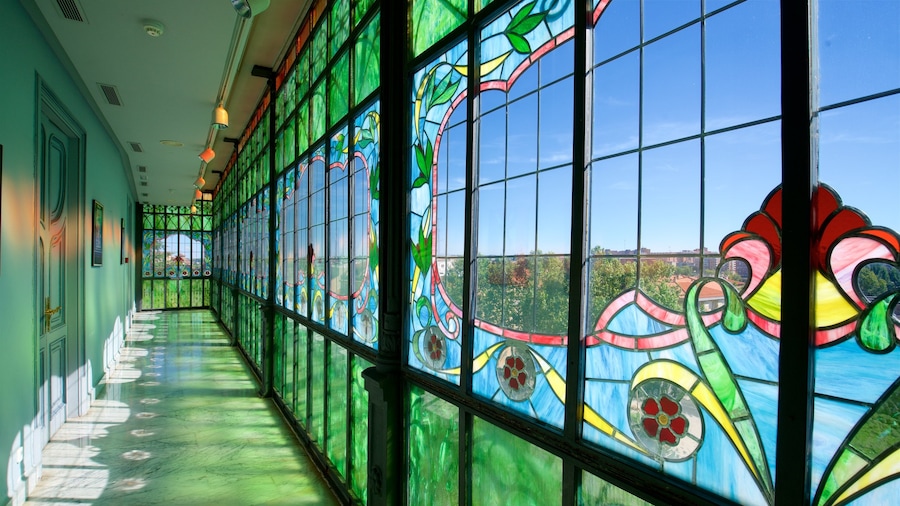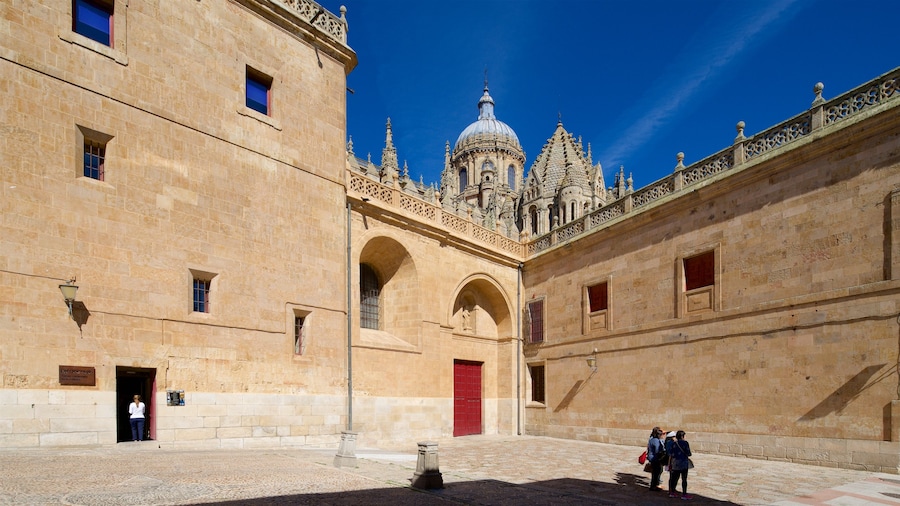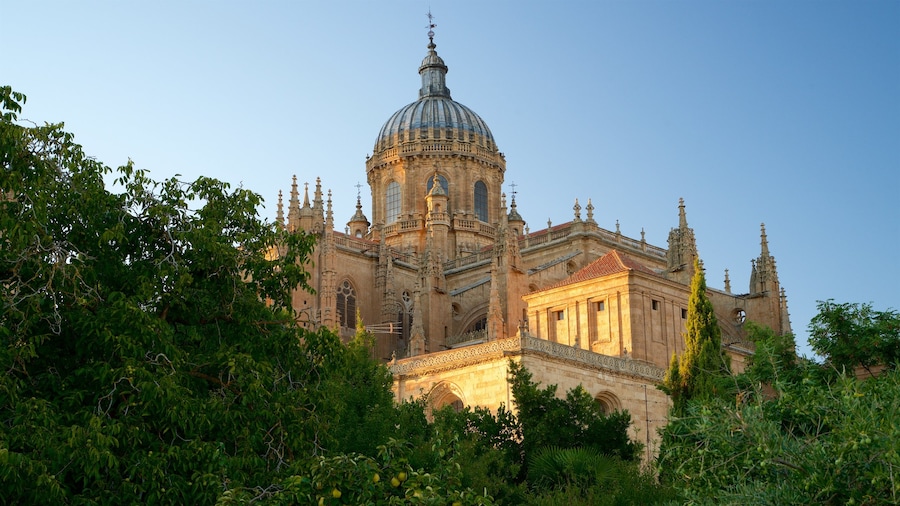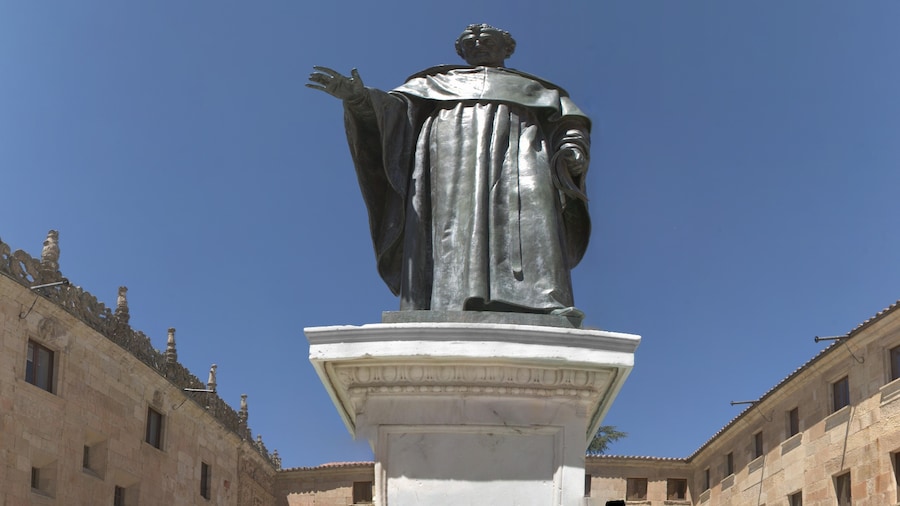Get to Salamanca's historical centre by walking along its ancient Roman crossing, which was immortalized in a once-banned Spanish novella.
One of the survivors of Salamanca's past as a Roman settlement is the Roman Bridge, or Puente Romano, a granite stone crossing of 26 arches that extends over the Tormes River. The 15 arches on the city side are of Roman origin while the rest come from restoration work carried out in the 18th century. It is such a Salamanca icon that it’s included on the city’s coat of arms.
The bridge was once part of the Ruta de la Plata, a strategically and commercially important route. Today, many people use it as a way to access Salamanca's historic center. The exact date of the bridge’s original construction is unknown, but it is thought to date from the 1st century.
Walk or cycle across the ancient structure, which is closed to road traffic. As you make your way across the bridge toward the historic center, pause to look at the skyline with delightful views of the city's cathedral complex and other well-preserved old buildings.
At the entrance of the bridge on the city side is a carving of a bull, which is thought to predate the arrival of the Romans. The sculpture was mentioned in The Life of Lazarillo de Tormes and his Fortunes and Adversities, a notorious Spanish novella, published anonymously in the 16th century. The book was subsequently included on the Index of Forbidden Books of the Spanish Inquisition.
Once you step off the bridge, you are in the old city of Salamanca, a UNESCO World Heritage Site. Visit some of the historical attractions that are within a few minutes’ walking distance. Among them are the Old Cathedral and the New Cathedral, San Esteban Convent and the University of Salamanca, the oldest in Spain.
Make a point of coming back to the Roman Bridge once the sun has gone down to see it illuminated against the night sky.

